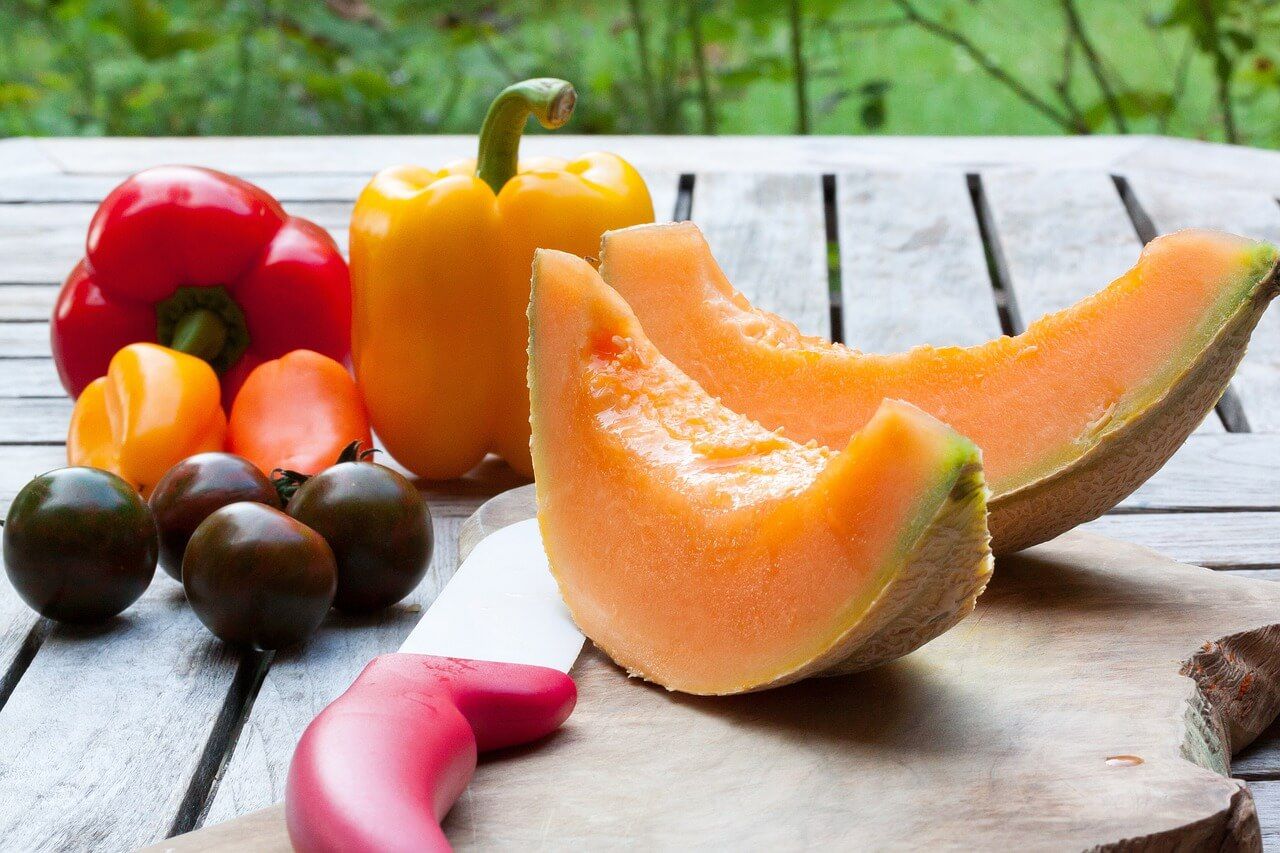Ceramic knives, known for their exceptional sharpness and precision, are a unique addition to any kitchen. However, using them effectively requires understanding their unique properties and how they differ from traditional steel knives.
Ceramic knives are not just a trendy kitchen gadget, but a revolutionary tool that can transform your cooking experience. With their razor-sharp edges, lightweight design, and long-lasting sharpness, they offer numerous advantages over conventional steel knives. But these benefits can only be fully realized when you know how to use them properly.
This micro-guide will provide you with the essential tips and techniques for using ceramic knives, from the right grip to the best cutting techniques, ensuring you get the most out of these advanced kitchen tools.
In This Article
- Understanding Ceramic Knives
- The Right Grip for Ceramic Knives
- Cutting Techniques for Ceramic Knives
- Safety Tips When Using Ceramic Knives
- Cleaning and Storing Ceramic Knives
- Frequently Asked Questions
- Conclusion
- Further Reading
Understanding Ceramic Knives
Ceramic knives are made from zirconium oxide, a material second only to diamonds in hardness. This gives them a razor-sharp edge that lasts longer than steel.
They are also lightweight and don't react to food, making them a popular choice for many chefs. The non-reactive nature of ceramic means that it won't change the taste of your food or cause it to brown prematurely.
This makes ceramic knives ideal for preparing fruits, vegetables, and other foods that are sensitive to changes in taste or color.
The Right Grip for Ceramic Knives
Holding a ceramic knife correctly is crucial for effective cutting.
The recommended grip is the 'pinch grip.' Hold the handle with your middle, ring, and little fingers while your thumb and index finger pinch the top of the blade.
This grip provides control and stability, reducing the risk of accidents. The pinch grip also allows for more precise movements, making achieving thin, even slices easier.
Cutting Techniques for Ceramic Knives
Ceramic knives excel at slicing due to their razor-sharp edges.
Let the knife do the work by using a gentle sawing motion. Avoid using force or pressure, as ceramic knives can chip or break if misused.
They're perfect for slicing fruits, vegetables, and boneless meats but should not be used for hard or frozen foods.
When cutting, aim to use long, smooth strokes rather than short, choppy ones. This will help you make the most of the knife's sharpness and precision.
Safety Tips When Using Ceramic Knives
While ceramic knives are safer to use because they require less force, they're still extremely sharp and should be handled with care. Always cut away from your body and keep your fingers clear of the blade.
Never use a ceramic knife to pry open containers or cut bones, as this can damage the blade.
It's also important to use a cutting board that's soft enough to protect the blade. Hard cutting boards, like those made of glass or stone, can cause the blade to chip.
Cleaning and Storing Ceramic Knives
Ceramic knives should be hand-washed with mild soap and water and dried immediately. Avoid using abrasive cleaners or scrubbing pads, which can scratch the blade.
Use a protective sheath or a dedicated knife drawer to store your ceramic knife to prevent chipping.
It's also a good idea to store ceramic knives separately from other utensils to avoid any accidental damage.
Frequently Asked Questions
What do you use a ceramic knife for?
Ceramic knives are ideal for slicing fruits, vegetables, and boneless meats. Their sharpness and precision make them perfect for these tasks.
Are you supposed to sharpen ceramic knives?
Yes, ceramic knives can be sharpened, but they require a diamond sharpening stone due to the hardness of the ceramic material.
Do chefs use ceramic knives?
Some chefs prefer ceramic knives for certain tasks due to their sharpness and lightweight design. However, they are not suitable for all tasks in the kitchen.
Why do ceramic knives not cut skin?
While ceramic knives are extremely sharp, they do not easily cut skin due to their thin, straight edge. However, they should still be handled with care to avoid accidents.
Conclusion
Ceramic knives are valuable in any kitchen, offering unparalleled sharpness and a lightweight design. By understanding how to use, clean, and store them properly, you can ensure your ceramic knives serve you well for years to come.
Further Reading
- Zirconia Brilliance: Exploring Ceramic Knife Production: Ever wondered what makes ceramic knives so special? Journey through the intricate process of ceramic knife production.
- Ceramic Edge Conservation: Knife Maintenance Guide: Looking for the best ways to care for your ceramic knife? This comprehensive guide will take you through the essentials of ceramic knife maintenance.
- For expert techniques on ceramic knife sharpening, turn to the article 'How to Sharpen Ceramic Knives in 3 Ways' by MasterClass.
- If you're interested in exploring more about kitchen tools, check out our article on the best ceramic knives.



